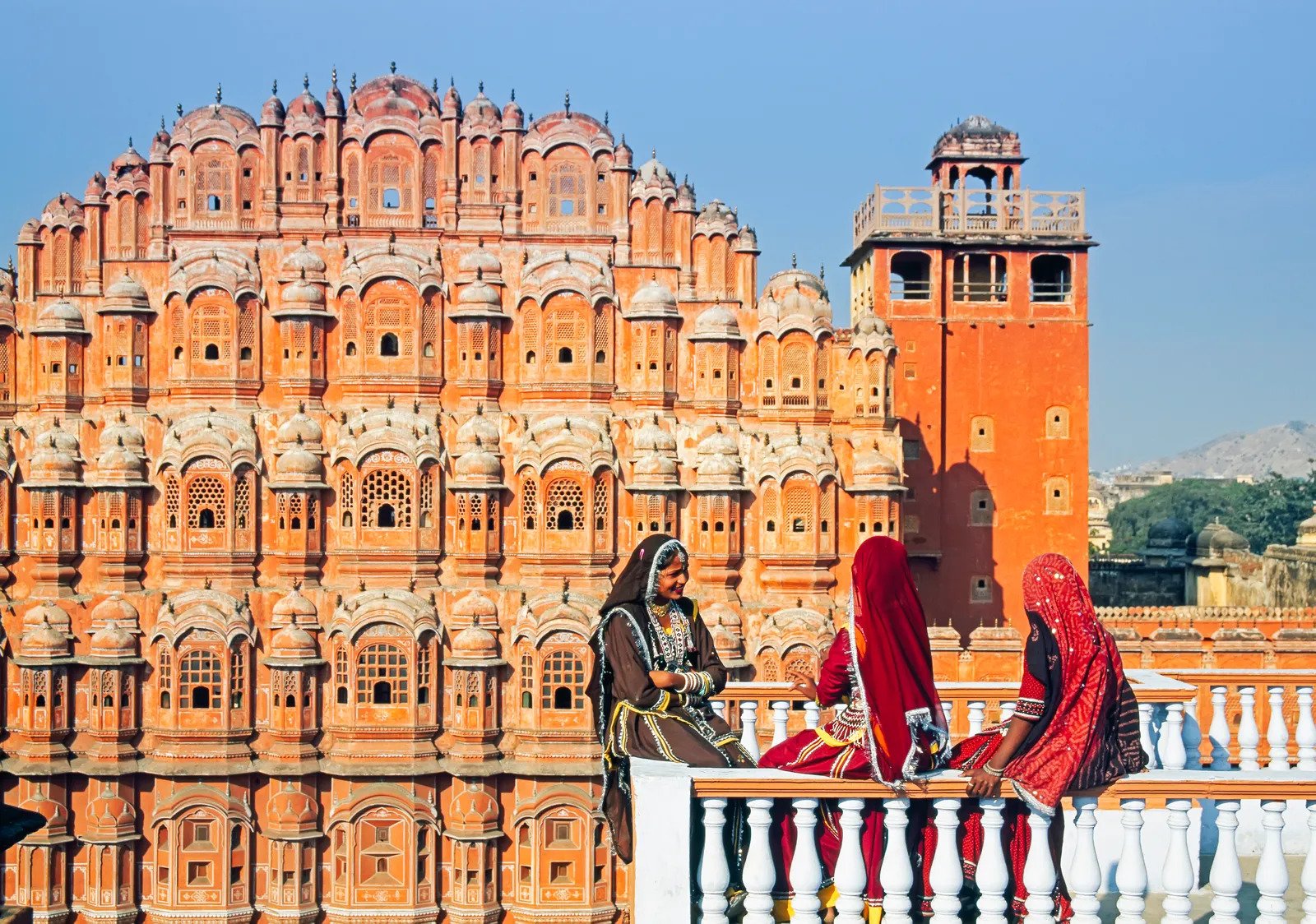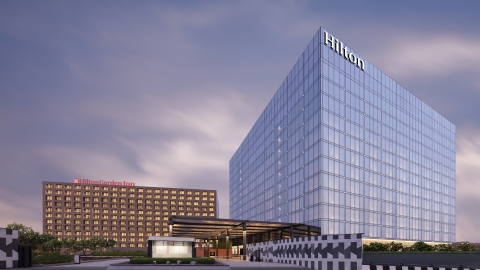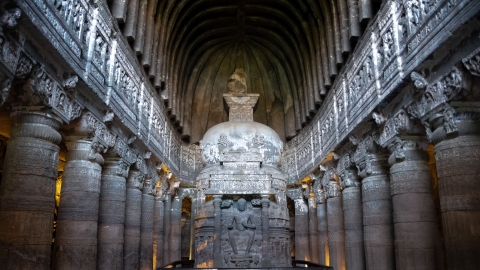Located in the capital of Rajasthan, 262 km from the capital New Dehli, Jaipur prides itself on being the most planned city in India and has a building style that cannot be mistaken for anywhere else.
Coming to Jaipur, you will feel the old breath with the architecture of a commercial city, surrounded by high walls and a series of shops built of pink marble.
In addition, the local people of Jaipur are very friendly and hospitable. They often wear brightly colored clothes and gorgeous jewelry because of the vibrant festivals that often take place here.
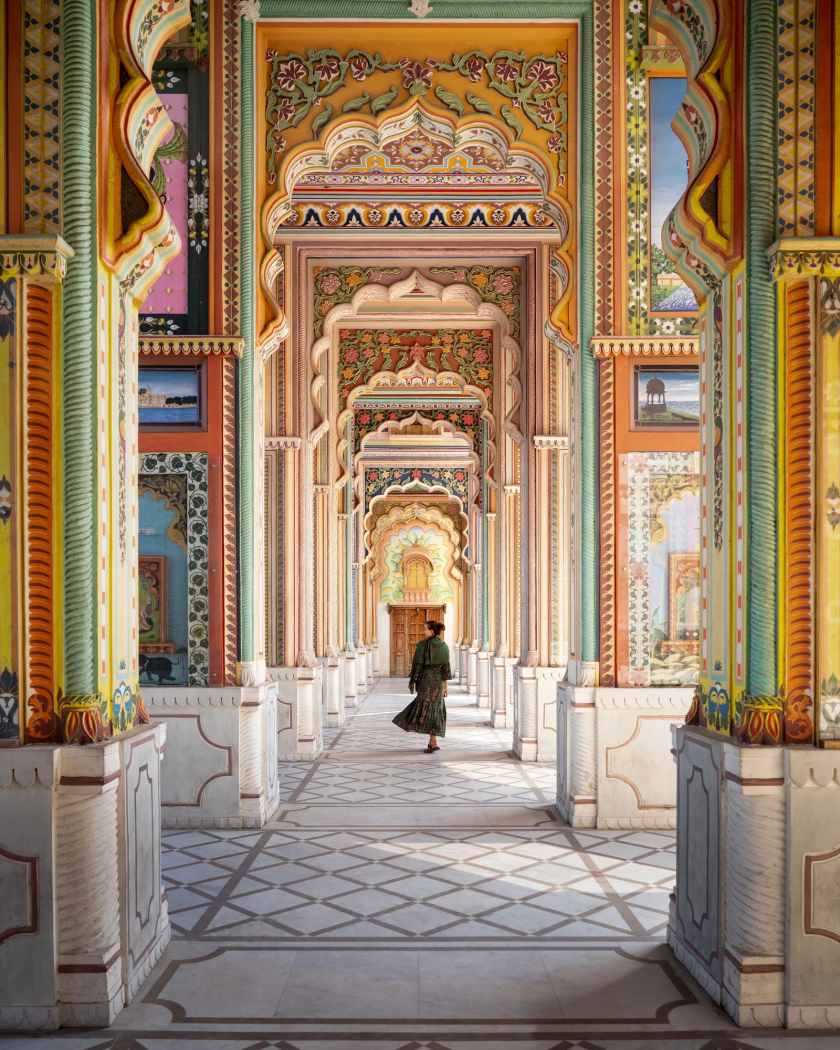
Colorful walkways in Jawahar Circle garden

Artist Brigitte Singh's patterned curtains add to the picturesque room
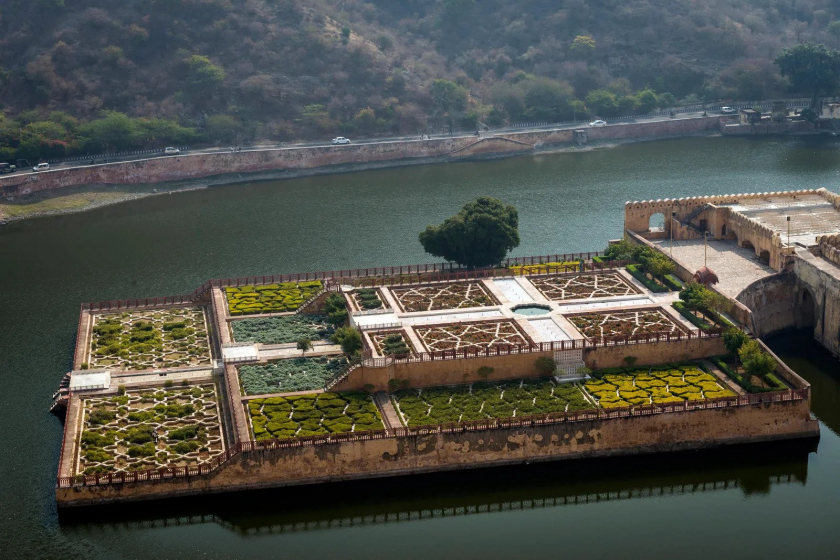
A formal garden at the foot of Amber Fort on Maota Lake
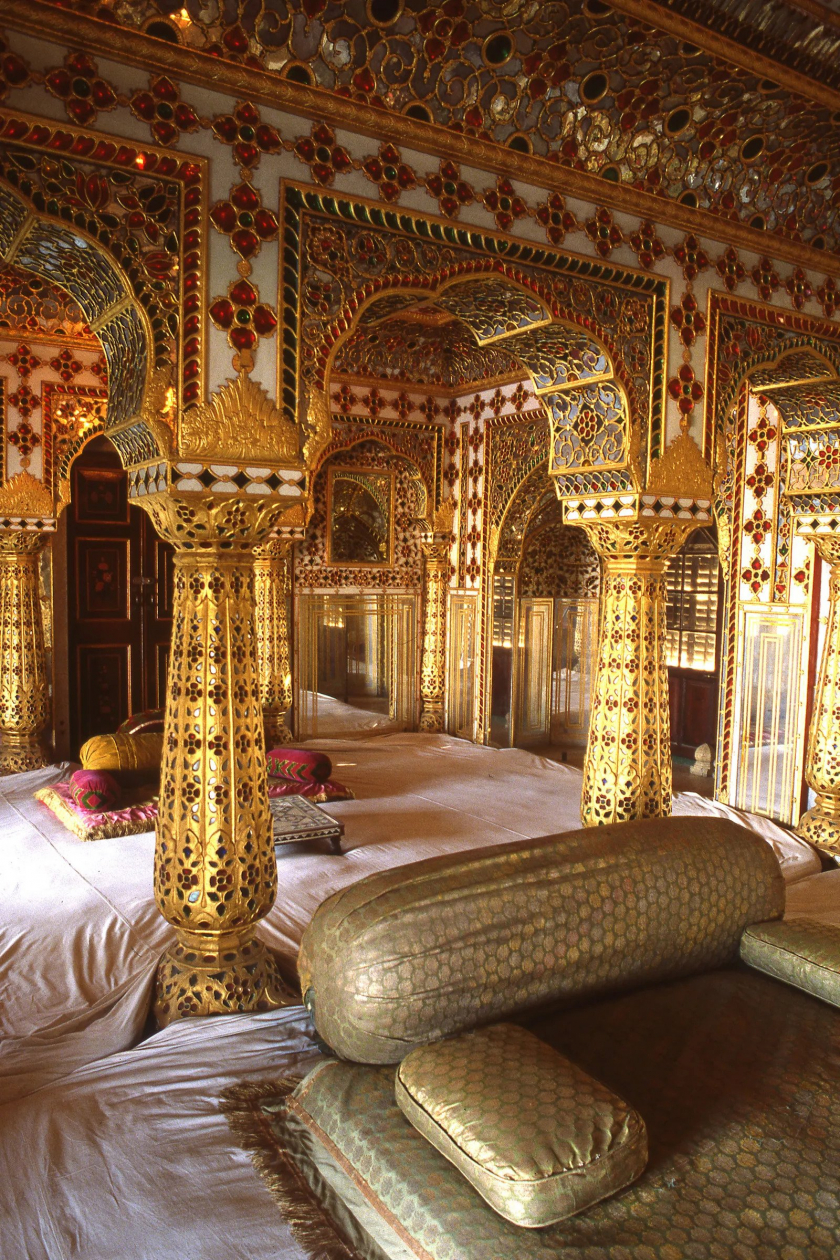
A lavishly decorated room in Mughal style at Chandra Mahal, one of the oldest buildings in the City Palace complex
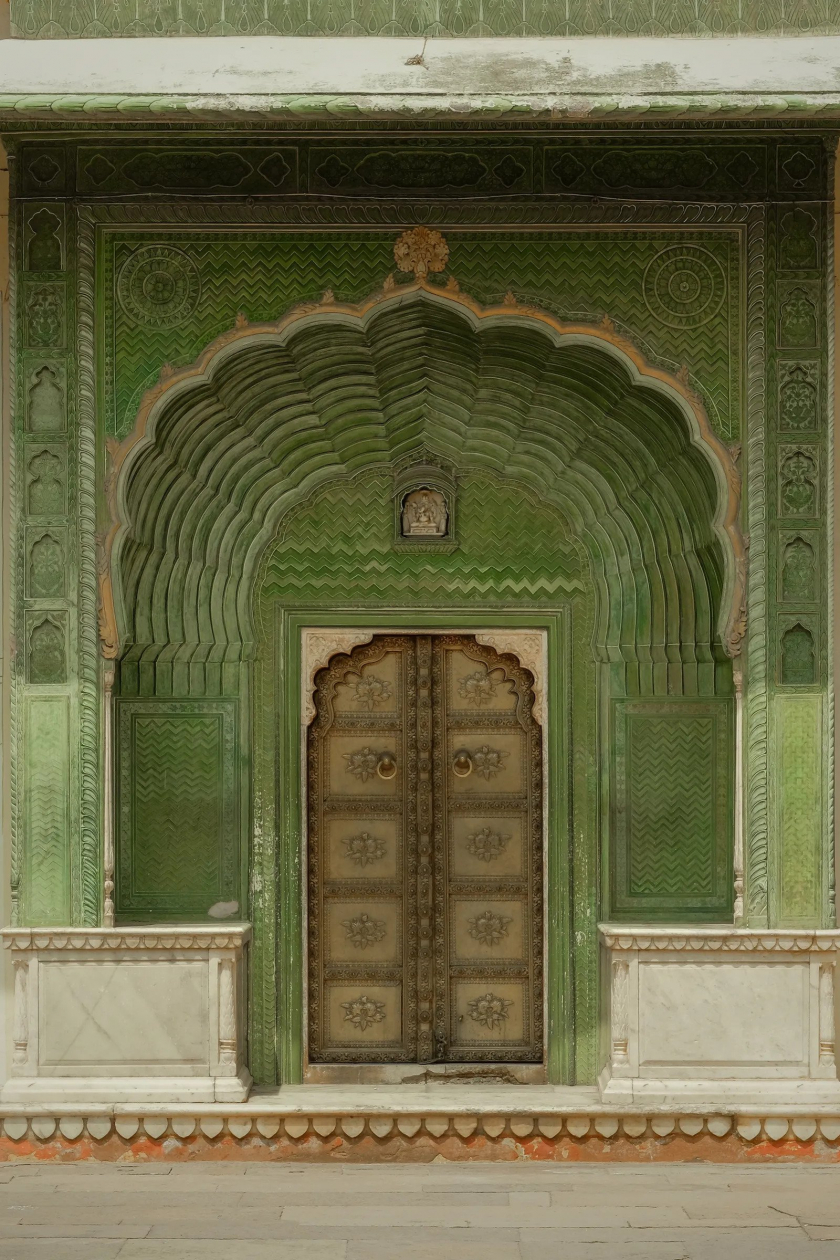
The Blue Gate, also known as the Lehariya Gate, is located at the Jaipur City Palace. The gate symbolizes spring and is dedicated to the god Ganesha.
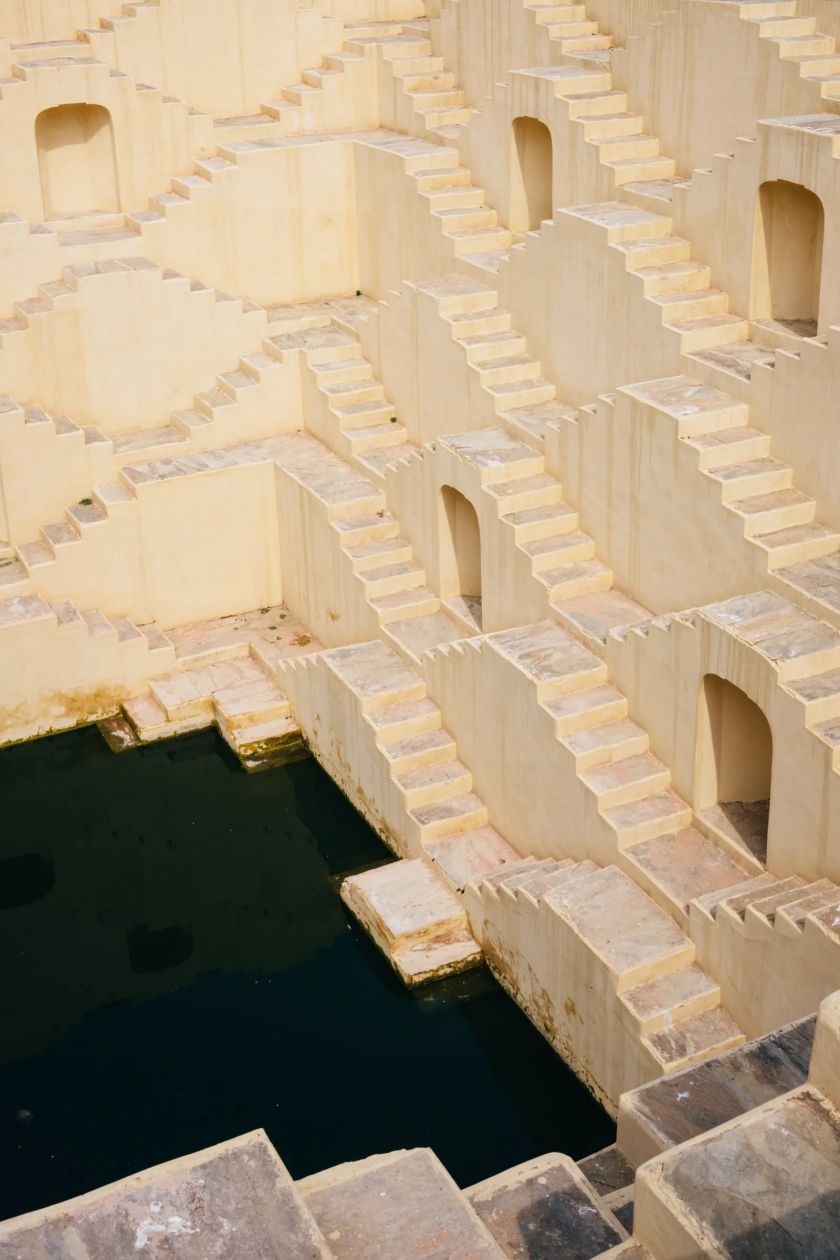
Chand Baori - a terraced house in Abhaneri village, dating back to the 9th century and made up of 3,500 steps on 13 floors
Jaipur people are proud of the city's cultural heritage, including its forts and palaces. The most prominent is the Amber Fort with its exquisite crystal details. Surrounding it are two other forts, Nahargart and Jaigard, forming a wall system that covers the entire mountain.

Amber Fort
Jaipur impresses with its majestic ancient palaces with impressive history. Among them, the most unique is the Hawa Mahal Palace, also known as the Wind Palace, located right on the crowded and bustling central street of the city. Hawa Mahal - a symbol of the kings and now a priceless heritage of the local people.

Hawa Mahal is the most famous architectural work of Jaipur city, Rajasthan state, India
Hawa Mahal Palace is modeled after the crown of the Hindu god - goddess Krishna. The palace has a 5-storey pyramid architecture made of pink sandstone. In addition, the palace is also decorated with nearly 1,000 vents and windows, making Hawa Mahal look more splendid and mysterious than ever. Looking at the color of this palace, we can understand why Jaipur is nicknamed the "pink city" of India.
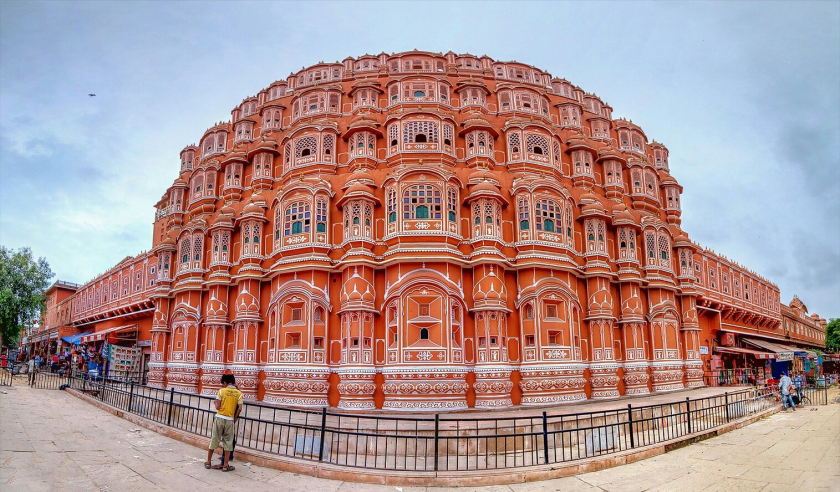
The Hawa Mahal Palace is modeled after the crown of the Hindu god Krishna.

The regal entrance of the 300-year-old Rajmahal RAAS Jaipur Palace
From the serene corners of the city palace, to the opulent markets filled with vibrant fabrics, handicrafts and street food with all kinds of spices, Jaipur is a vibrant and lively place.

A handicraft stall in Jaipur

Traditional crafts such as brassware and enamelware, passed down through generations of families in Jaipur
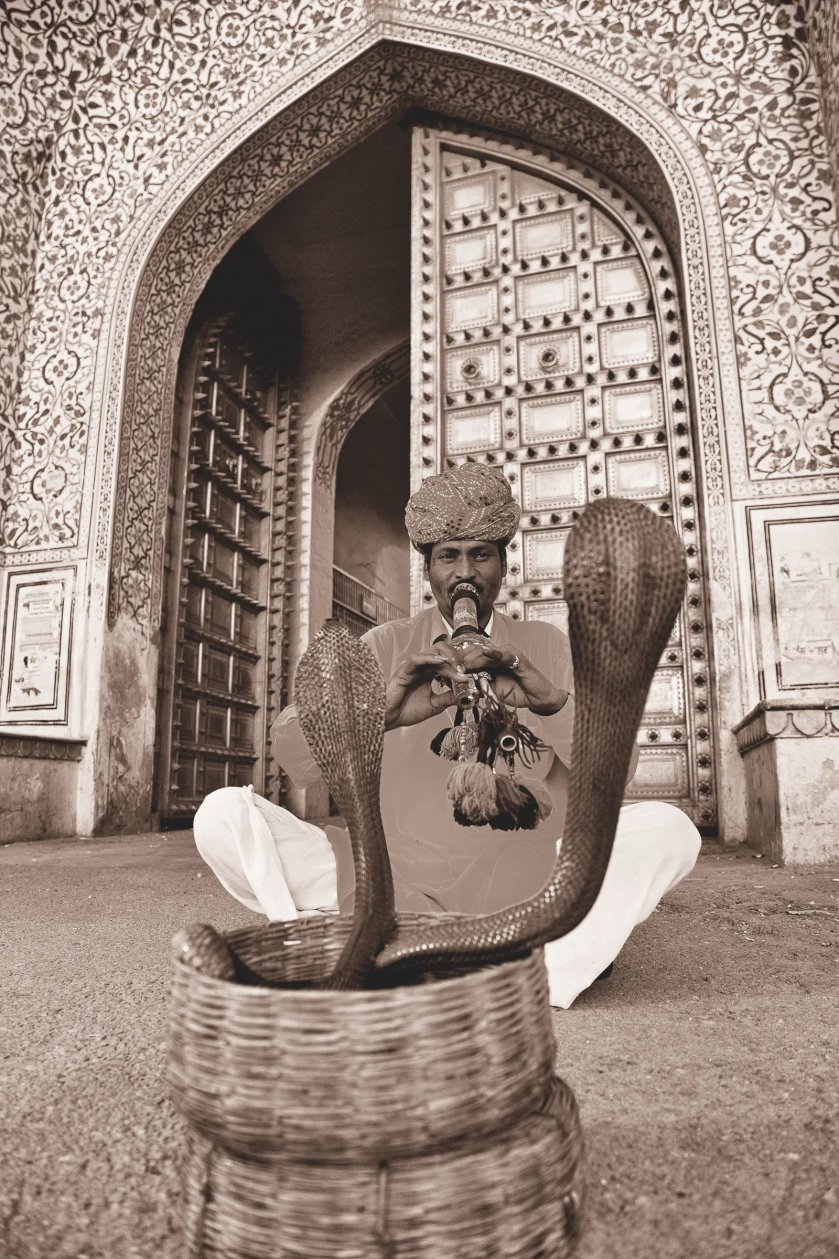
A snake caller in front of the City Palace in Jaipur
The ideal time to visit this place is in March, when street parties and traditional spring activities are at their busiest.
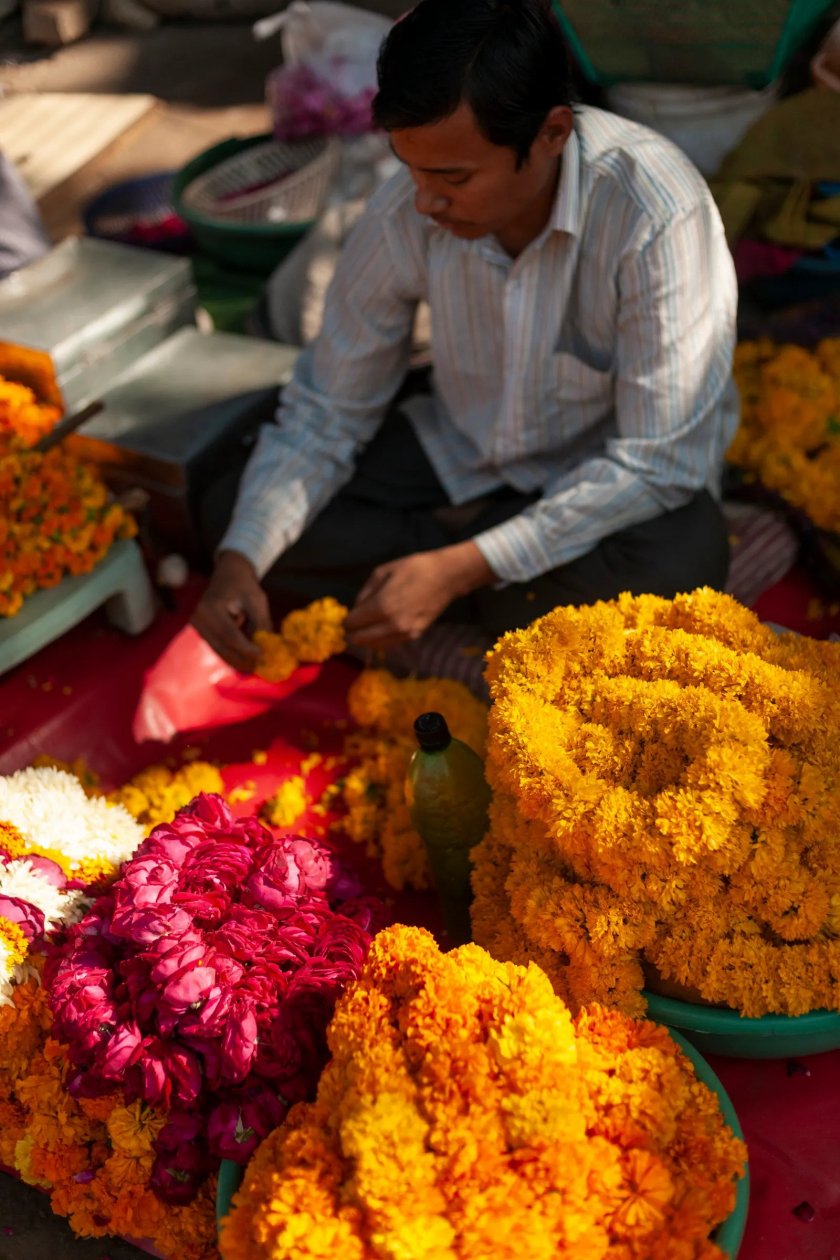
Local people make fresh flower wreaths to sell.
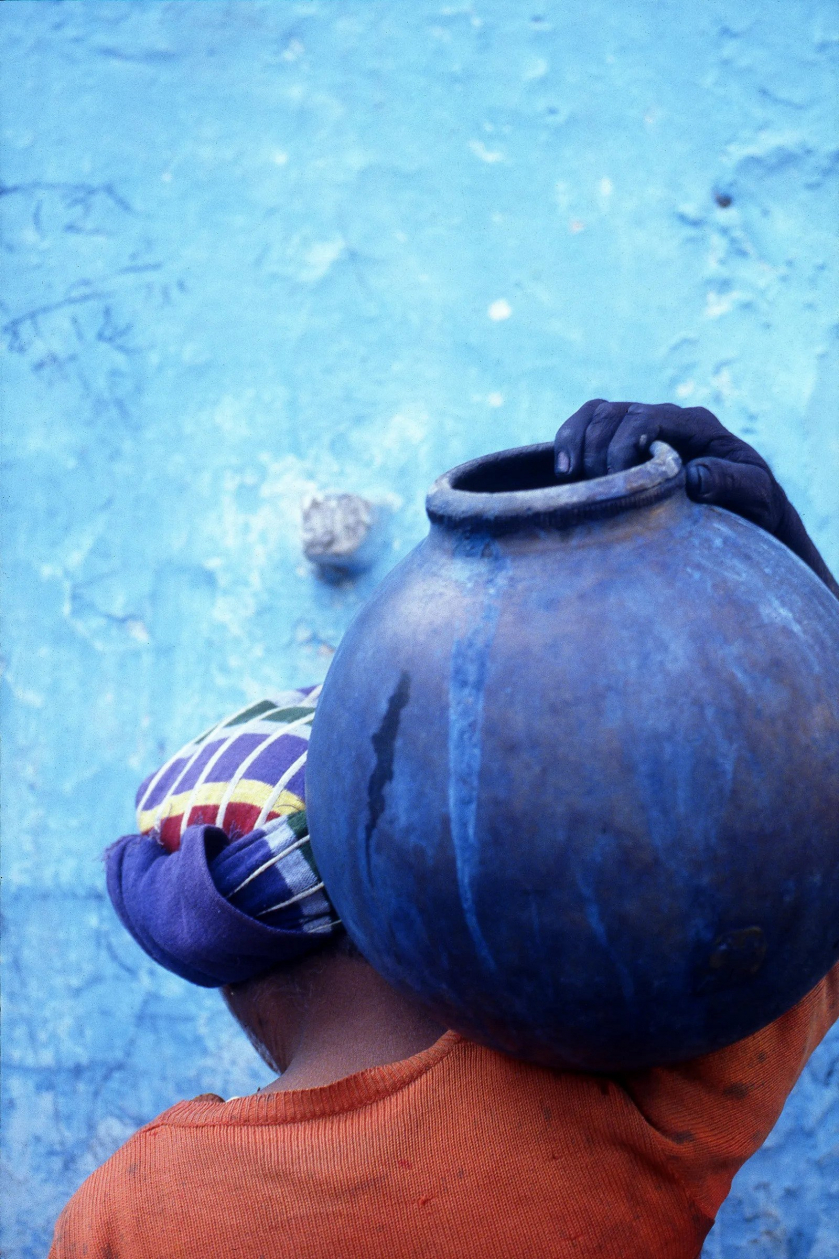
Local handmade cloth is soaked in the tank and gradually turns purple. The cloth then becomes lighter and turns blue when it is exposed to oxygen in the air.
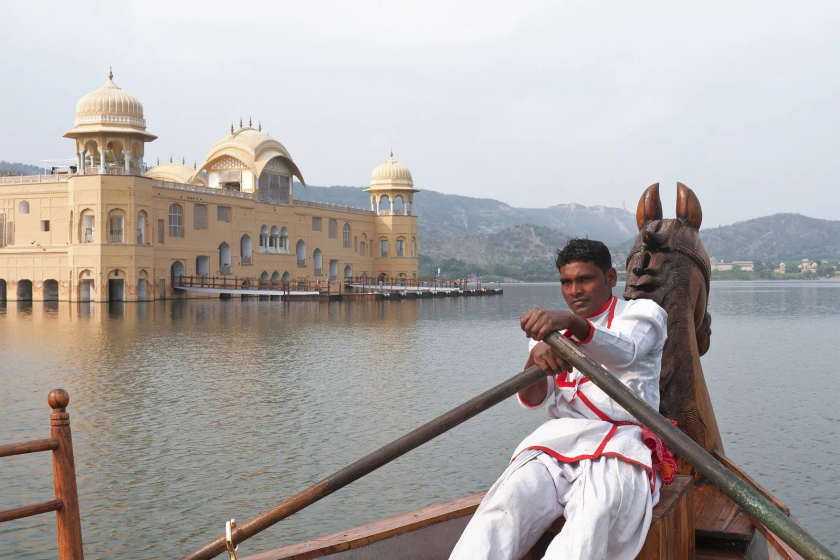
Gondola ride to Jal Mahal, the Water Palace, located in the middle of a lake in Jaipur
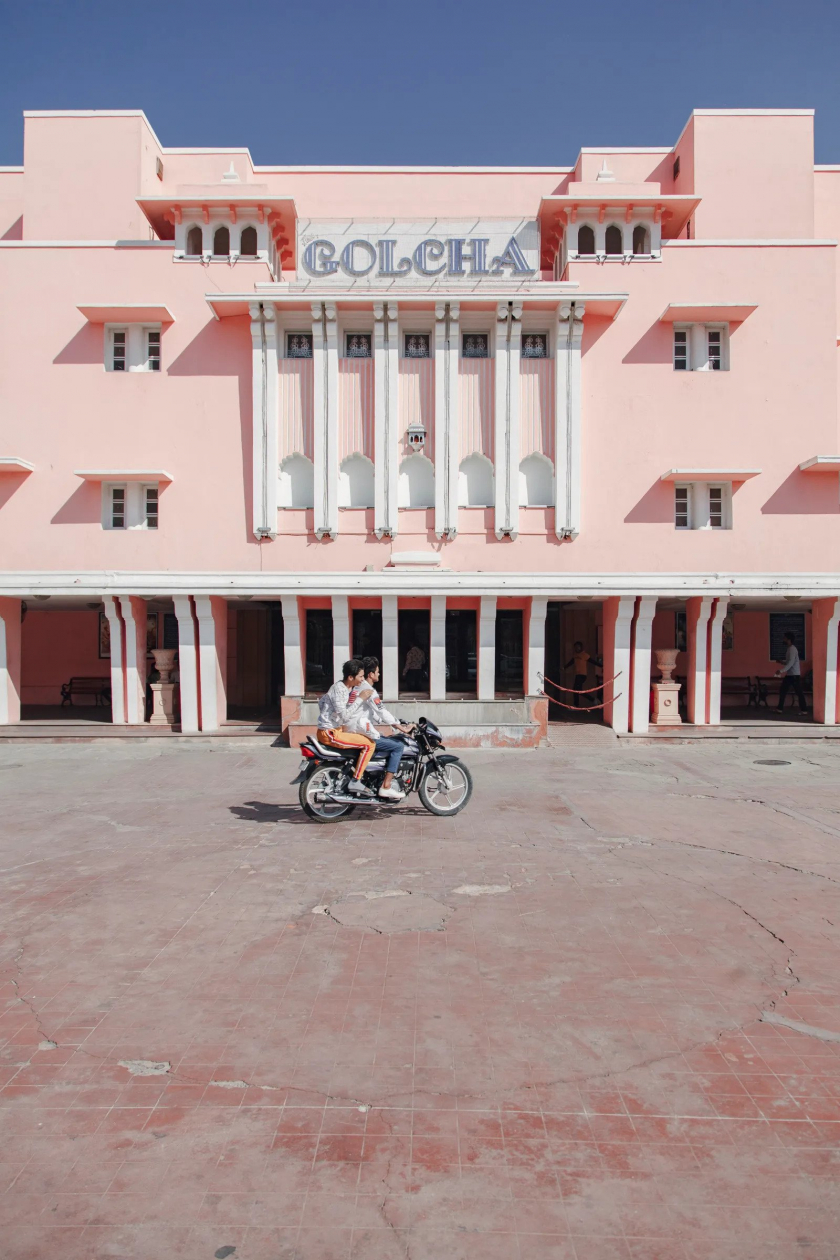
The retro-style Golcha Cinema opened in 1954 and is one of the oldest cinemas still operating in Rajasthan.
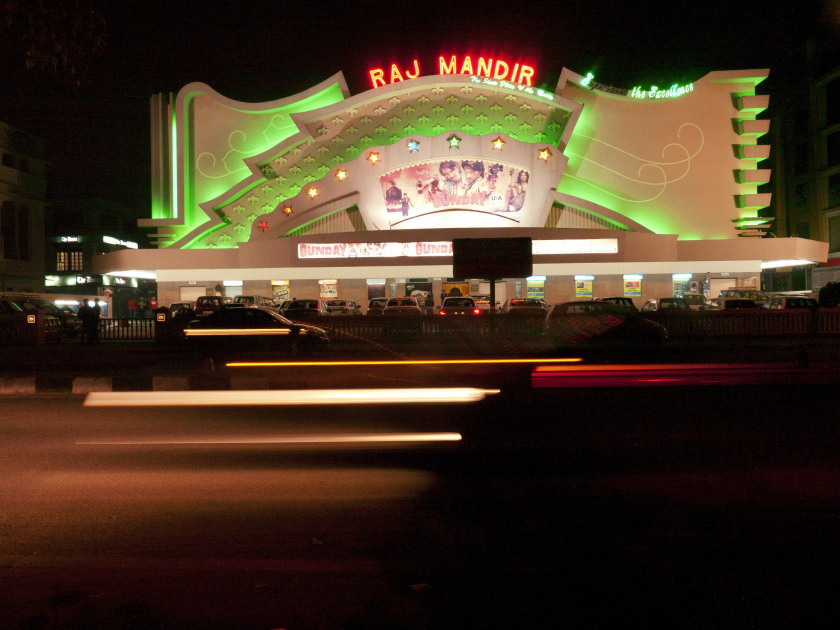
The nine stars located on the exterior of the Raj Mandir represent nine precious stones. At the same time, these stars pay tribute to the Surana Family, one of the leading jewelers.

The opulent lobby of Raj Mandir, a cinema that opened in the 1970s
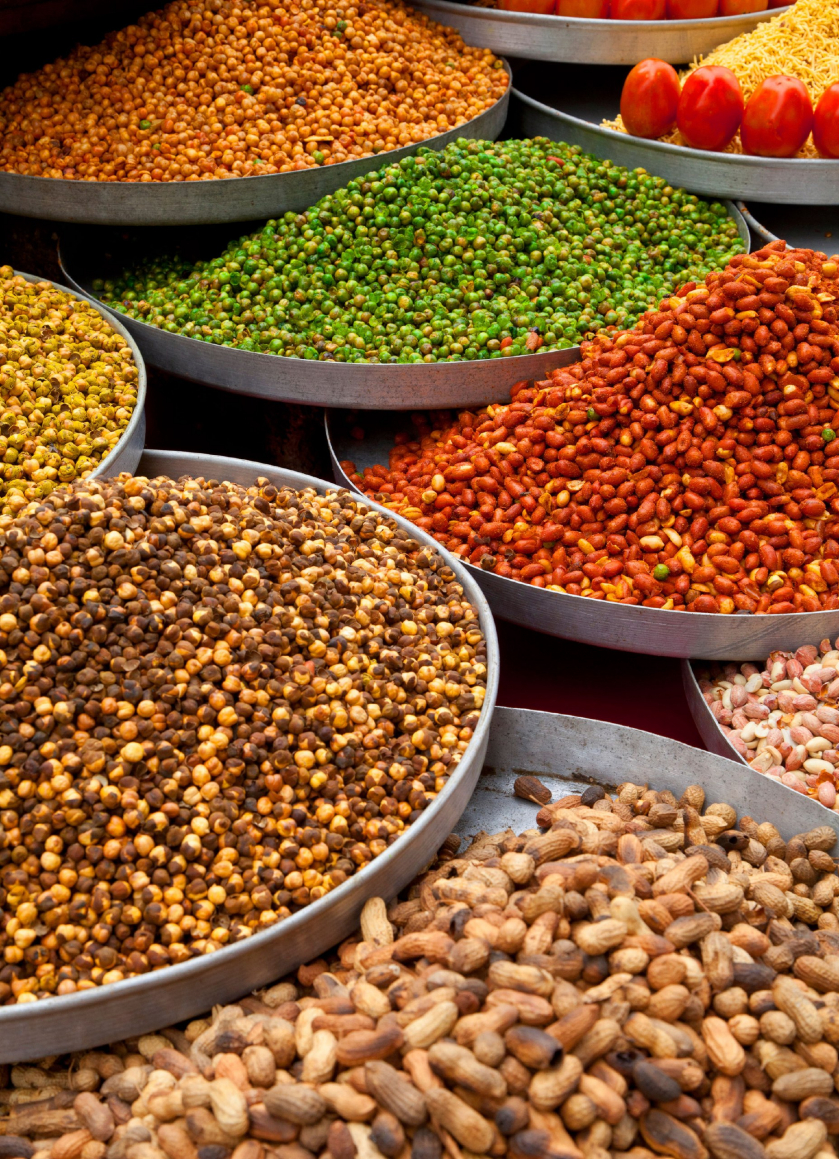
Colorful spices on display in Jaipur
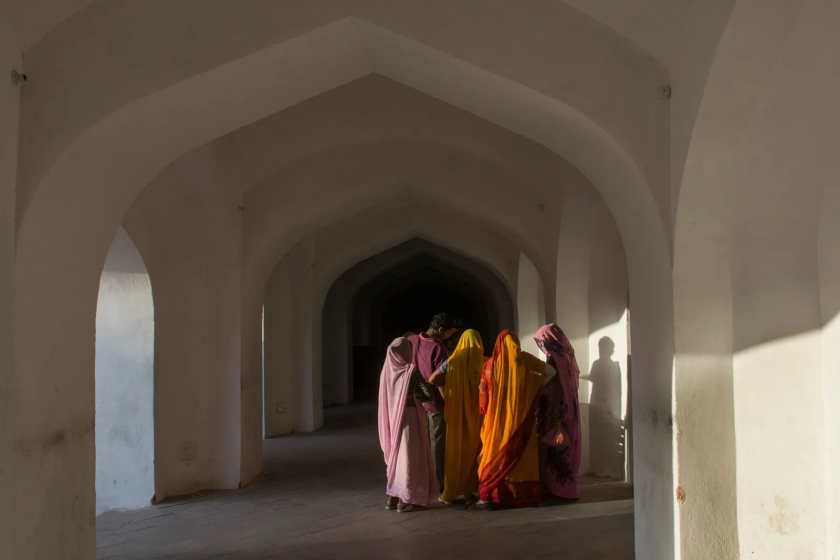
Women gather in a dome of Amer Fort, a major landmark of Jaipur. Amer was built by Raja Man Singh I and opened in the late 1590s.
According to the Conde Nast Traveler Readers Choice survey, Jaipur is currently ranked 7th among the most worth-visiting cities in Asia.





